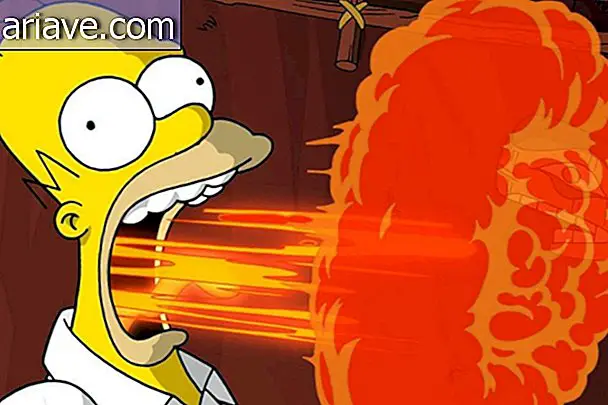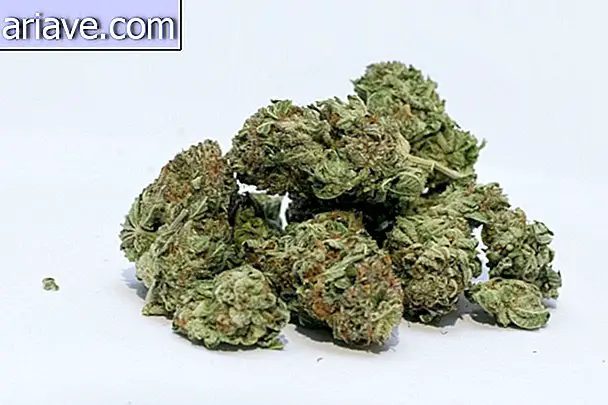Scientists speed up production of gamma-rum cachaça

Producing cachaça takes time. Once distilled, the beverage must age in barrels for more than three years before being bottled. Now, a team of Brazilian scientists from USP seem to have found the solution to make the canine market much more agile: with the help of gamma radiation, the beverage's aging time drops to just a few minutes.
The manufacturing remains the same, except that instead of going to huge wooden barrels, the drink goes through a device known as a radiator. This machine ionizes the atoms of cachaça and triggers chemical reactions that would happen much more slowly in the traditional process.
Is "Hulk" cachaça safe?
Don't worry: As much as the drink is irradiated with gamma rays, the chances of you turning into a hulk are nonexistent. In an interview with Folha, project coordinator Valter Arthur says the drink has 0.3 kilograms of radiation per dose, which is considered a low value by physicists.
Although this dosage amounts to about 10, 000 CT scans, Arthur says the method is safe. "The drink can be consumed soon after. The problem is that many people confuse irradiation with contamination, " he adds.
Taste and appearance
A difference from the cachaça produced in this way is quite visible: the coloration. Instead of acquiring the yellowish tone of traditional aging, the irradiated cachaça remains transparent, which can displease more demanding consumers.
Some adjustments are already being made to the new production method to work around this “problem”. One solution found, for example, is to age the beverage for six months in peanut barrels before irradiating it with gamma rays.

According to the cachaça sommelier interviewed by Folha, Jairo Martins, the taste also needs to improve. The expert found that the acidity of the drink is still very strong and believes that the new technique can accelerate production, but not replace aging in wood, a process that, according to Martins, attributes many peculiarities to the drink.
Another point that would make it difficult at this time to use the new technique in the national cachaça industry would be the high investment required: an radiator costs, on average, about US $ 3.5 million (R $ 7.1 million). Even so, there is a way to reduce this cost, as with the creation of cachaça irradiation centers that can be used by more than one manufacturer. The Mussum ok!











